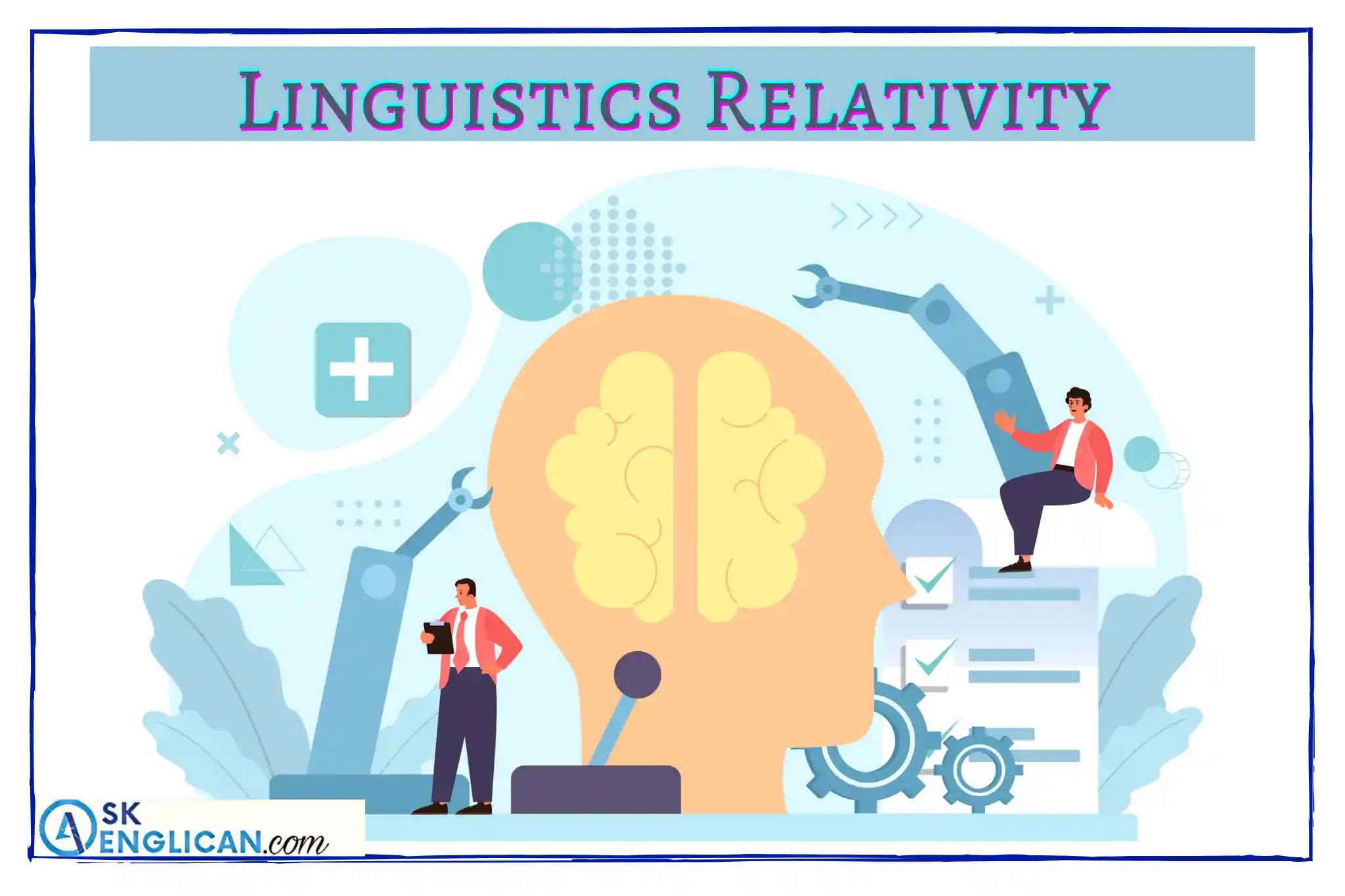What is the Linguistic Relativity Hypothesis?
Want to learn linguistic relativity or the Sapir Whorf Hypothesis, you are at the right post. In this post, I tried to sum up the definition of the Sapir Whorf Hypothesis as well as linguistic relativity.
I am Muhammad Maaz, a BS scholar. I have researched the following material from the published books and articles and pen-down the short essay below. You will enjoy the easy and authentic content regarding the topic.
Introduction to Translation
Language translation is a process of changing one language to another. It doesn’t mean that you change a language line by line or word by word, but it is a huge responsibility of a translator because if he is translating a language, it means he is changing their culture, values, beliefs, and thoughts. Every language has its own beliefs and thoughts.
For example, we use an owl bird as a fool, but in western culture, people use it as an active person.
Every culture has its own different idioms and structures, which can not be the same at all.
Definition of Sapir Whorf Hypothesis and Linguistic Relativity Theory
Linguistic relativity is a hypothesis that was first described by Sapir in 1929. It was not popular at that time, but it got popular when Whorf worked on it. That's why it's also called the Sapir–Whorf Hypothesis. They said every language has a different structure and we can not change it properly into another language because of their thoughts and culture. Furthermore, they said our language has a solid relationship with our thoughts and these two things affect each other.
Language is more than just a means of exchange. Language influences our culture and even our cognitive processes to some extent. Wilhelm von Humboldt, a nineteenth-century academic, first proposed the idea (1767–1835). Humboldt considered language and thought in a notion that has come to be known as the "Weltanschauung." Hypothesis (worldview). In Humboldt's viewpoint, language is fundamentally different. Language defines thought, and thought is impossible without it.
Language was thought to be significant and informed our view of reality in the first part of the twentieth century. This was largely owing to Edward Sapir and Benjamin Whorf's assertion that language shapes our perceptions of the world. That is to say, the reality is filtered via language; we only see the true world through the categories of our language. The Sapir-Whorf theory was born out of this. It begins with the assumption that everyone has a basic need to make sense of the world. To make sense of the world, we impose order on it, and language is the primary tool at our disposal. The world-organization Sapir (1956) puts it this way: the group's language habits form a substantial part of the real world. Because our community's language patterns promote specific interpretation options, we see, hear, and generally experience things the way we do. Different societies live in different realities, which are not on the same planet. Multiple labels in the same world.
Linguistic Relativity in Translation Study
If we talk about translation, linguistic relativity helps us understand how language is interconnected with our thoughts. This theory is all about languages and how different languages are in the world. Therefore, this theory is very helpful for a translator because he should know about the culture of the language that he is going to translate. He must have knowledge of the target language before translating. This theory explains which aspects are used differently in different languages.




